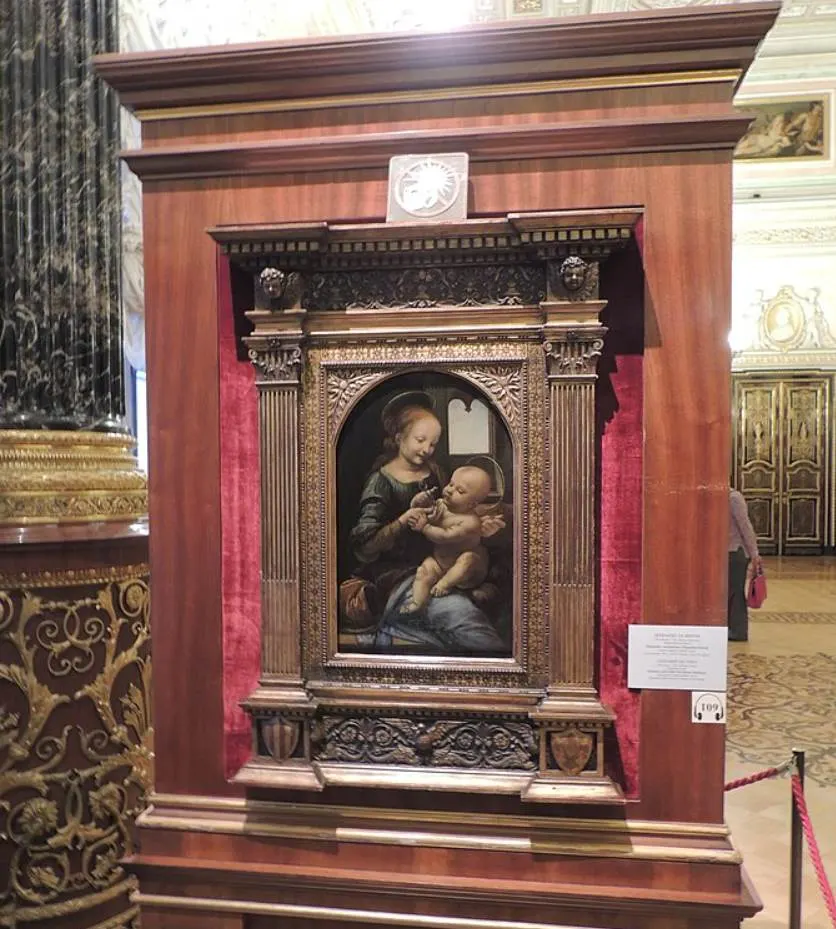Although Leonardo da Vinci (1452–1519) didn’t complete a whole lot of paintings during his lifetime, he can definitely be considered one of the most influential artists of the Renaissance.
His talent was so obvious from a young age that he quickly outgrew the talent of his master Andrea del Verrochio (1435-1488) and went his own way. Shortly after he left the studio, he started receiving commissions in Florence.
Let’s take a closer look at the Benois Madonna, a work also known as “Madonna and Child with Flowers,” one of da Vinci’s masterpieces that he created during his early Florentine period.
1. It’s assumed he started working on it in the late 1470s
Leonardo da Vinci entered the workshop of Andrea del Verrocchio, a renowned Florentine sculptor, goldsmith, and painter, at the young age of 14, which was around 1466. Here he learned various forms of art which developed his incredible talent.
He initially created paintings together with his master, something emphasized by his painting of the angel in a work called “The Baptism of Christ,” in the early years of his career.
His talent quickly outgrew that of his master and he became a master in the Guild of Saint Luke himself around 1478. This was the time that he not only started working on the Benois Madonna but also received independent commissions, including that of an altarpiece of the Palazzo Vecchio, the town hall of Florence.
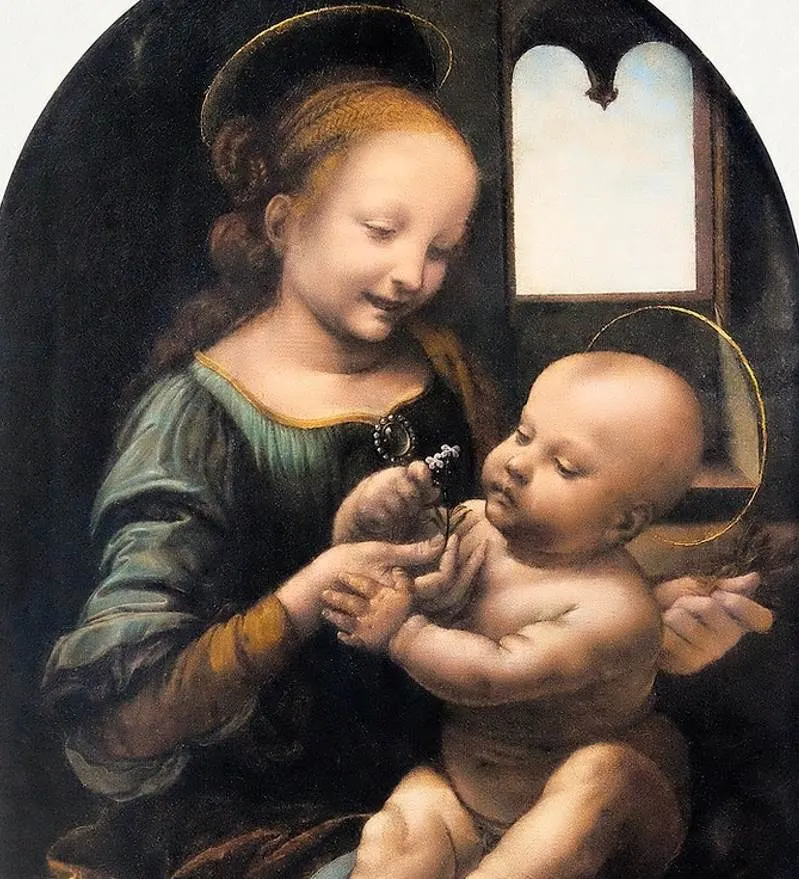
2. Da Vinci created a similar work during this period as well
The main reason why we can be pretty sure that da Vinci started working on this painting in October 1478 is that he actually commented on this. He mentioned that he started working on “two Madonna paintings” this month.
The other famous Madonna created during the early years of da Vinci as an independent master is most probably “Madonna of the Carnation.” This work features a Madonna and child as she is holding a red carnation, a type of flower.
This work can be found at the Alte Pinakothek gallery in Munich, Germany. Two preparatory sketches of the Benois Madonna can be found at the British Museum in London.
3. The Benois Madonna is a very small artwork

Leonardo da Vinci didn’t become world-famous for his monumental works of art. He painted extremely slowly and most of his works are relatively small, except for what is perhaps his most famous work, the Last Supper at Santa Maria Delle Grazie in Milan (which he ended up completely botching).
This painting is extremely small as it has dimensions of just 49.5 × 33 centimeters (19.5 × 13 inches). To give some reference, the Mona Lisa painting has dimensions of just 77 × 53 centimeters (30 × 21 inches).
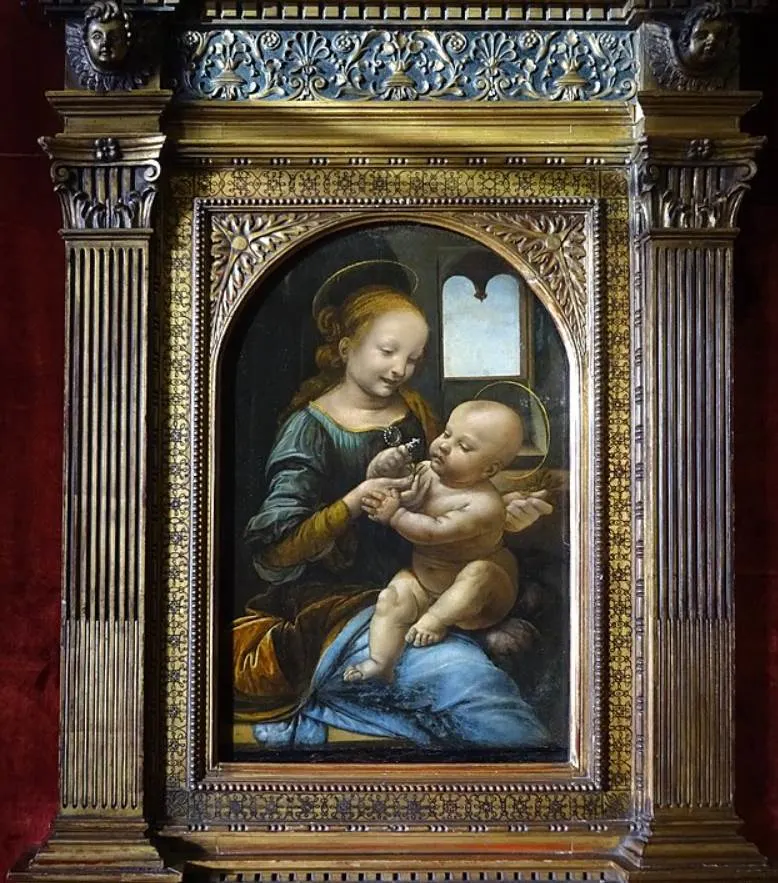
4. The painting depicts a typical scene of Mary and her child
Most of da Vinci’s Madonnas feature the Madonna and her child Jesus Christ. This particular painting depicts Mary as a very young woman wearing the typical Florentine clothing of the 15th century.
The scene is depicted playfully as the child is focusing on the objects presented to him by his mother. It’s unclear where the scene takes place but it appears to be a room with just one window.
5. The Madonna is holding an object with a deeper meaning
Just like in the Madonna of the Carnation, Mary is holding a flower. Unlike in the other painting, the child reaches for an unknown object instead. It’s assumed that da Vinci used this work to master his technique of sight as the child appears to be guiding his mother’s hand.
The unknown object is considered to be a prelude to the crucifixion of Jesus Christ. This means that the painting wasn’t just meant to sharpen the artist’s skills but also has a symbolic meaning.
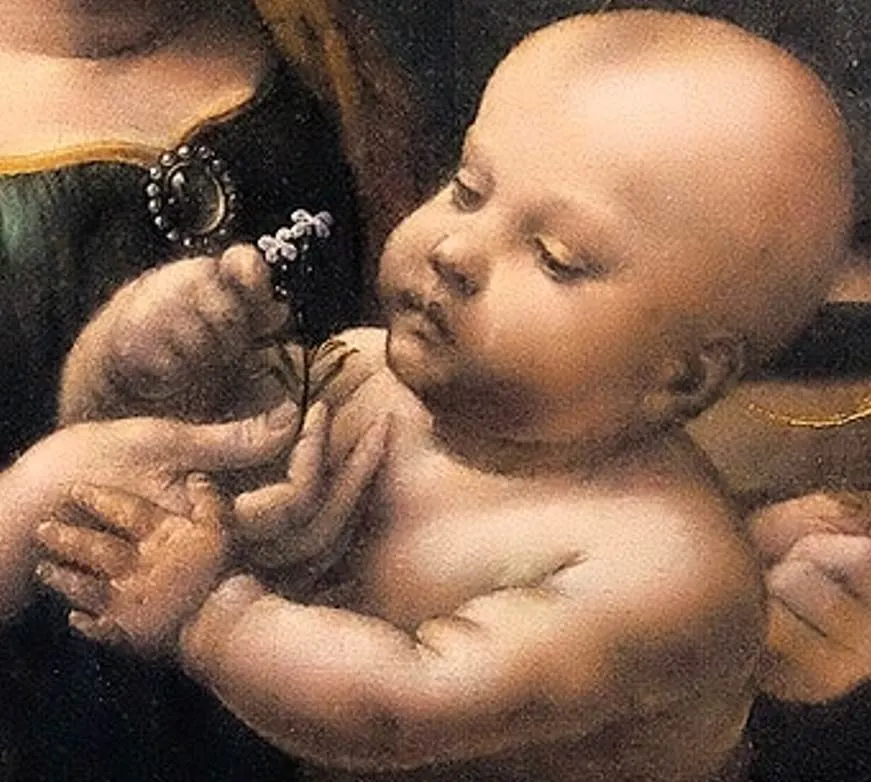
6. The painting’s composition was very influential in Renaissance art
Da Vinci experimented quite a bit with different compositions when it comes to Madonna paintings, but this particular composition turned out to be the most influential one.
One of the most famous examples of artists copying this composition is a work called “Madonna of the Pinks” (1506-1507). This has been attributed to equally talented Renaissance artist Raphael and was acquired by the National Gallery in London in 2004.
The fact that the museum paid £34.88 million to the Duke of Northumberland for this work is quite remarkable. It only has dimensions of 27.9 × 22.4 centimeters (11.0 × 8.8 inches), about half the size of the Benois Madonna.

7. It was named after a Russian architect who exhibited it in the early 1900s
The painting is known as both the “Benois Madonna” and “Madonna and Child with Flowers.” The first name is a reference to the previous owners of the painting, a Russian architect named Leon Benois (1856-1928).
He was a member of the Benois family, a prominent Russian family of French ancestry who designed multiple buildings in Russia and other countries in Europe.
His father-in-law owned the painting after it was brought from Italy to Russia in the 1790s. He inherited it and exhibited it in Saint Petersburg the year 1909, a remarkable move because the painting was deemed lost at that time.
Because of this, the painting is commonly referred to as the Benois Madonna.
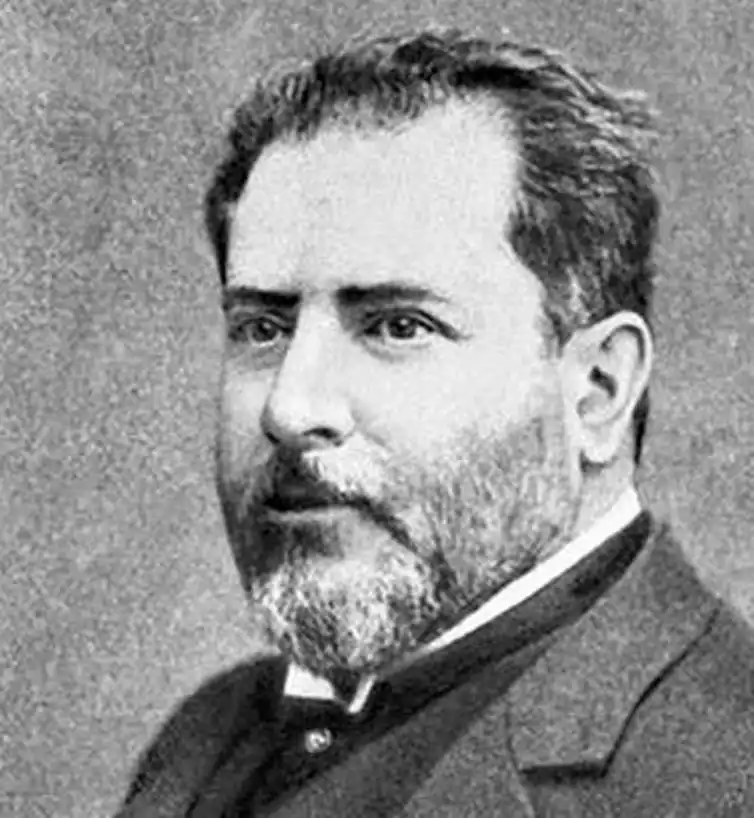
8. The painting is on display in a famous museum in Russia
The painting was acquired by the Hermitage Museum of Saint Petersburg in 1914. It was identified as a da Vinci painting by the curator of the museum at the time, art historian and painter Ernst Friedrich von Liphart.
This means that it has been in the collection of one of the largest art museums in the world since 1914, one of the countless treasures of the world on display in this immense museum.
